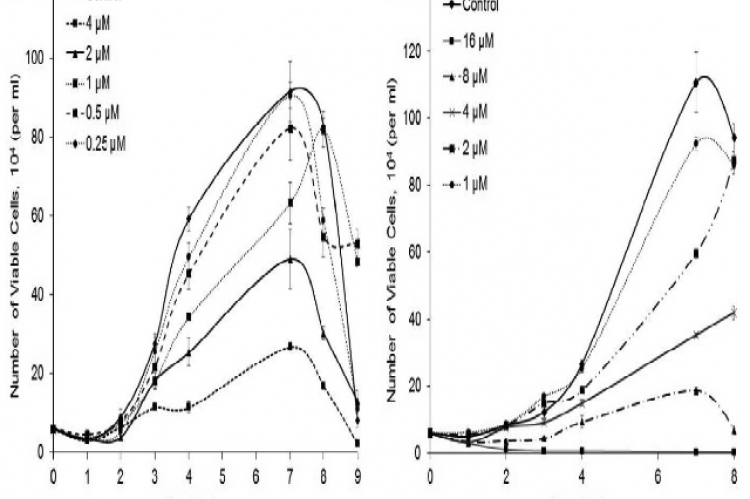Heavy metals, responsible for a wide range of diseases starting from asthma to cancers, are often found in surface water because of uncontrolled release of wastewater and sometimes in groundwater as well. Number of studies suggest the possible relationship between the increased heavy metal concentration in industrial proximity and the increased cases of melanoma and carcinoma patients. Unfortunately, it is not clear yet how cells respond to these exposure and what kind of changes cells go through before initiation of cancer. This study aims to evaluate cytotoxicity and morphological changes of mammalian cells in presence of arsenic (III) solution of different concentrations. HeLa as cancer cell and Vero as non-cancer cell were analyzed to evaluate different cellular growth and migration parameters. 65 µM and 8 µM As (III) concentrations were found as LC50 for cancer and non-cancer cells, respectively. It was found that, severity of cytotoxicity was acute for the doses of As (III) higher than 1 µM and the effect was negligible below 0.25 µM for regular mammalian cells. Cancer cells, being robust and tolerant, showed noticeable effect only beyond 1 µM and the effect was severe above 2 µM. In addition, wound healing behavior was affected significantly by the As (III) dosage. Quantitative assessment of the altered mammalian cell behaviour in different As (III) concentrations divulge the changes during arsenicosis at cellular level, which paves a momentous pathway for future battle against arsenic-mediated diseases.
View:
- PDF (3.56 MB)


